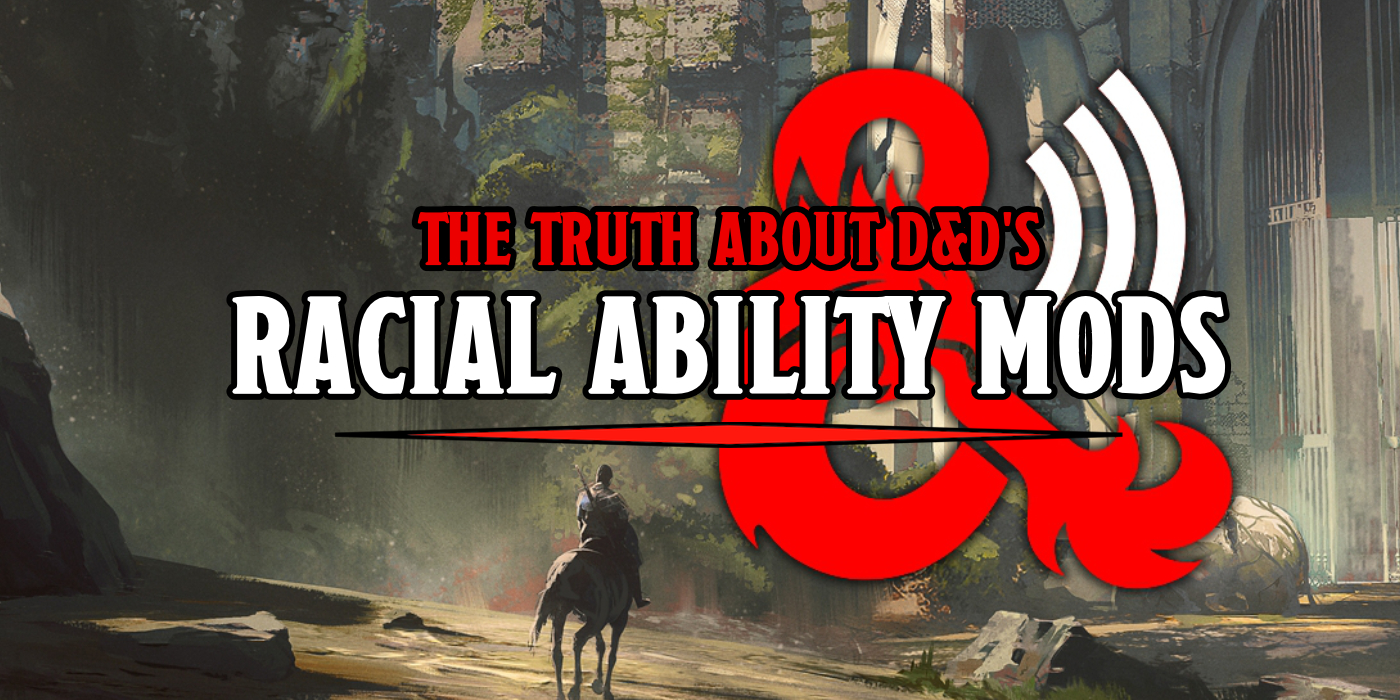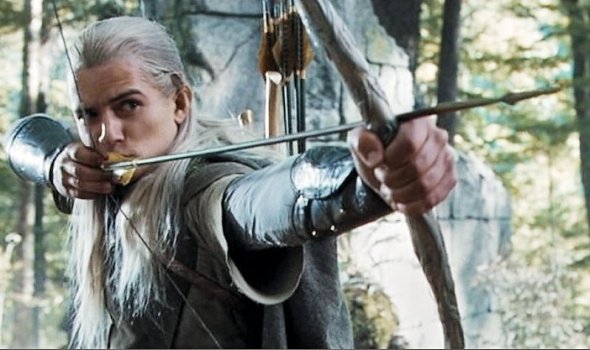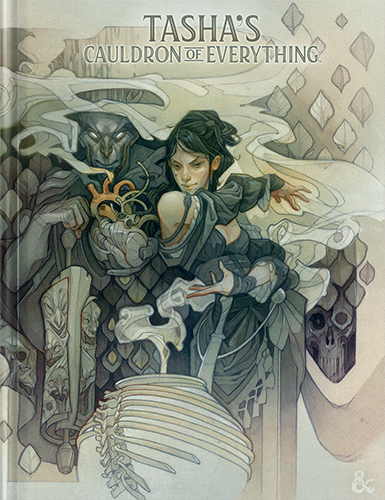D&D: Racial Ability Mods Were Never About Balance


D&D’s lead rules designer weighs in on what racial ability scores were all about–and it turns out, it was never about balance.
Racial ability score modifiers have long been a part of the D&D landscape–and players will often cite how they are used to balance out the functions of certain races. Mountain Dwarves get a +2 strength and +2 constitution, and very little else, for instance. While a Wood Elf, in comparison, gets Elven Accuracy, five extra feet of movement, but only has a +2 Dex/+1 Wisdom as compensation.
Tasha’s Cauldron of Everything seems poised to turn that conventional wisdom on its head. When it was announced, word came that players were no longer going to have their ability scores tied to their race. And with that came a general hue and cry about what it meant for the game. Most folks hold this to be a positive move that allows you to create a more diverse cast of characters, while helping to remove harmful stereotypes from races–like Orcs as nothing but savage, evil, bloodthirsty brutes who come with an innate intelligence penalty.
But there have always been those worried about balance. Well, it turns out, they needn’t have. According to lead rules designer, Jeremy Crawford, the various racial ability modifiers that come from being an Elf or a Dwarf aren’t really used for balance. He says as much in the latest Dragon Talk podcast, which offers a much more in-depth look at the philosophy behind the new rules in Tasha’s Cauldron of Everything.
Greg and Shelly open the show as always with all the latest D&D news! Afterwards, Jeremy Crawford calls in to wrap up this current series of Sage Advice, closing it out with customized origins. In this week’s interview, we are joined by #1 New York Times bestselling author of This Is Where It Ends, Marieke Nijkamp who talks about their new book, Even If We Break!
- 00:00: Intro and news with Greg Tito and Shelly Mazzanoble
- 11:38: Sage Advice with Jeremy Crawford
- 38:57: Interview with Marieke Nijkamp
- 1:34:37: Outro
The Sage Advice section has all the pertinent information, though the rest of the podcast is pretty insightful on its own. But about 16 minutes or so in, Crawford reveals that they don’t particularly care where the +2/+1 or +2/+2 go, only that you have the general power level of those stat bonuses.
The way they balance things like a Mountain Dwarf vs. a Tiefling isn’t that some abilities are worth “+2 strength” or whatever, but rather that you have two +2’s, compared to fire resistance and spells, or whatever. Does this mean that there are a few weirder options out there, with things like Half-Elves who get a +2, and two +1s, or Changelings who can typically get up to a +3 in Charisma if that’s all you do? Sure.
But the Tasha’s Cauldron rules are all about opening up the doors of customization. As we’ve seen, you can swap out languages known, so if you were a Dwarf who grew up among Elves, you might give up your Dwarven language option with Elven, for instance. It’s the same logic behind the proficiency and skill swap options included in Tasha’s Cauldron, which you can see previewed here.
As Crawford puts it, they wanted to move away from the constraint of certain races leaning into certain classes. He outlines the philosophical changes that D&D has gone through over time:
In previous editions, especially 1st, 2nd, and 3rd editions, these characteristics associated with humans, elves, dwarves, and others–they were assumed to ripple through every member of that particular people. That is not an assumption in 5th Edition.
Instead the racial ability score adjustments were there to promote archetypes–which is why Human is so often generic (or hey have more customization). But that locks us in to weird choices.
Now, whether or not this has always been true is another thing entirely. WotC has been taken to task for its commitment to promoting inclusivity before. The last year or so has seen some progress made, but it’s very much been two steps forward, one step back.
Regardless, that seems to be the direction WotC is headed now. With Tasha’s Cauldron due out in about a month or so, we’ll see where D&D goes after that.
Happy Adventuring!








